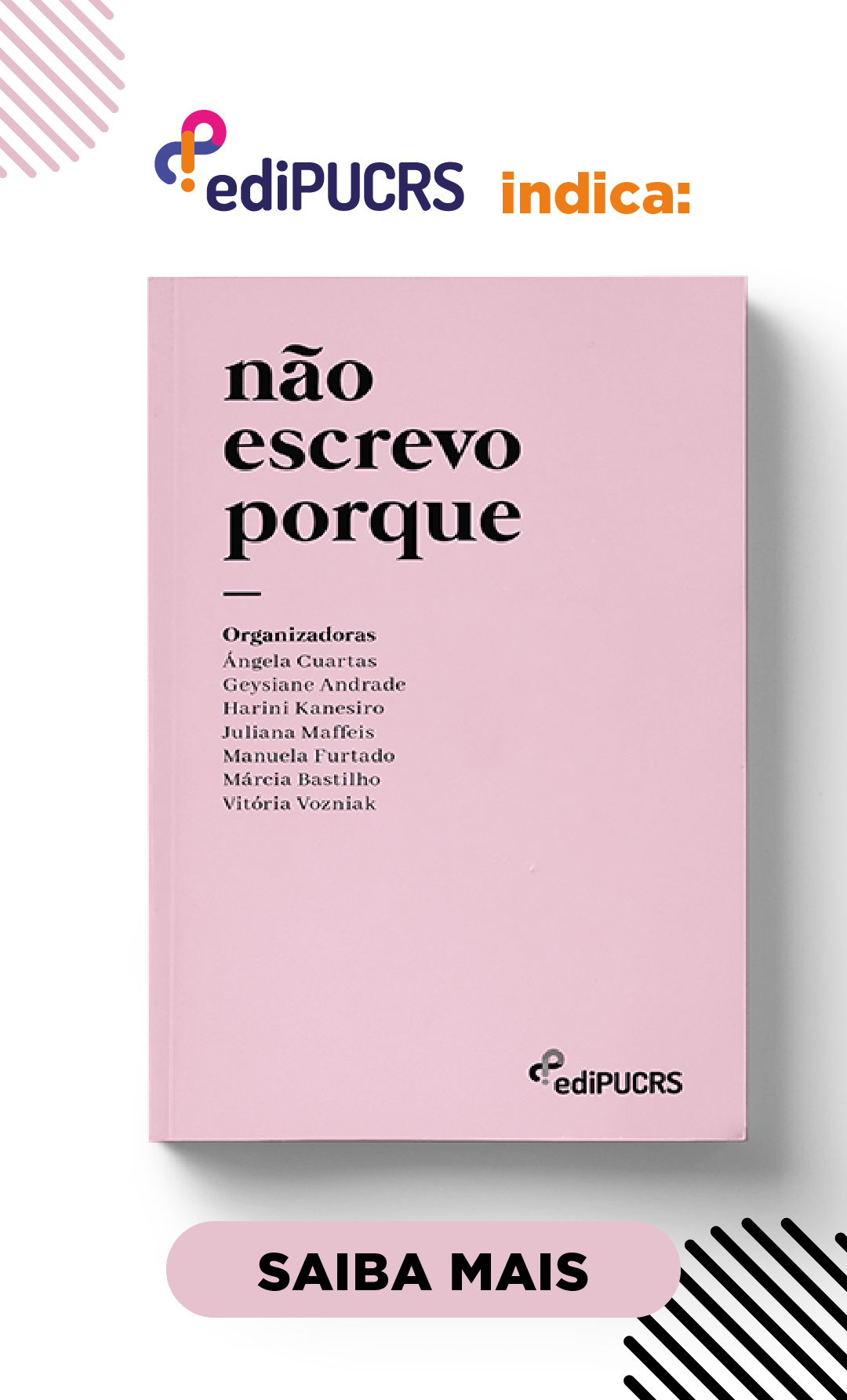Notas para The waste land: T. S. Eliot e a máquina literária
DOI:
https://doi.org/10.15448/1984-7726.2014.4.16954Palabras clave:
Eliot, notas, interpretação.Resumen
Este artigo propõe-se a investigar o suposto papel explicativo atribuído às notas que T. S. Eliot acrescentou ao poema The Waste Land quando de sua publicação. Para tanto, o texto volta a sua atenção, em particular, para três das várias observações em que o poeta expõe as referências por ele consultadas e referidas nos versos, isso com o intuito de verificar se de fato há um esclarecimento interpretativo prestado ao poema graças à inclusão das notas. Em linhas gerais, o choque entre os versos de The Waste Land e as notas autorais provoca um impasse que aciona o que aqui chamamos de uma “máquina literária” produtora de teses. Essa máquina, compreendida a partir de seu mecanismo estruturante, não só recusa a sugestão de que o entendimento do poema decorre da decodificação apropriada das fontes, como também produz um efeito plural responsável por desestabilizar a hierarquia classicista e canônica que a crítica literária por décadas viu ali instalada. ******************************************************** Notes on The Waste Land: T. S. Eliot and the literary machine This paper intends to investigate the alleged explicative role assigned to the notes T. S. Eliot added to the poem The Waste Land when it was published. To this end, the text turns its attention, in particular, to three of the several observations in which the poet exposes the references he consulted and referred to in his lines. The purpose is to check whether there is in fact an interpretative clarification provided to the poem thanks to the notes. In general, the clash between the lines of the poem and the author’s notes triggers an impasse that activates what we call here a “literary machine” that produces different theses. This machine, read from the perspective of its structuring mechanism, not only refuses the suggestion that the understanding of the poem results from the correct reading of its sources, but also produces a plural effect responsible for destabilizing the classicist and canonical hierarchy that literary criticism for decades saw there installed. Keywords: Eliot; Notes; InterpretationDescargas
Citas
AIKEN, Conrad. An anatomy of melancholy. In: BROOKER, Jewel Spears (ed.). T. S. Eliot: the contemporary reviews. New York: Cambridge University Press, 2004. p. 99-103.
BLOOM, Harold (ed.). Bloom's biocritiques: T. S. Eliot. New York: Chelsea House Publishers, 2003.
BROOKER, Jewel Spears & BENTLEY, Joseph. Reading The waste land: Modernism and the limits of interpretation. Massachusetts: The University of Massachusetts Press, 1990.
DAVIDSON, Harriet. T.S. Eliot and hermeneutics: absence and interpretation in The Waste Land. Baton Rouge: Louisiana State University Press, 1985.
DONOGHUE, Denis. Words alone: the poet T. S. Eliot. New Haven & London: Yale University Press, 2000.
DREW, Elizabeth. T. S. Eliot: the design of his poetry. New York: Charles Scribner's Sons, 1949.
ELIOT, T. S. Ensaios de doutrina crítica. Tradução de Fernando de Mello Moser. 2. ed. Lisboa: Guimarães Editores, 1997.
______. Obra completa,Vol. I – poesia. Tradução, introdução e notas de Ivan Junqueira. São Paulo: Arx, 2004.
FRAZER, James George. The golden bough: a study in religion and magic. New York: Dover Publications, Inc., 2002.
GEORGE, A. G. T. S. Eliot: his mind and art. 2. ed. New York: Asia Publishing House, 1969.
LEAVIS, F. R. New bearings in English poetry: a study of the contemporary situation. Ann Arbor: The University of Michigan Press, 1960.
MENAND, Louis. Discovering Modernism: T. S. Eliot and his context. 2. ed. New York: Oxford University Press, 2007.
SMITH, Grover. T. S. Eliot's poetry and plays: a study in sources and meaning. Chicago and London: The University of Chicago Press, 1956.
THORMAHLEN, Marianne. The waste land: a fragmentary wholeness. Lund: LiberLaromedel/Gleerup, 1978.
WILLIAMSON, George. A reader's guide to T. S. Eliot: a poem by poem analysis. New York: The Noonday Press, 1957.
Descargas
Publicado
Cómo citar
Número
Sección
Licencia
Derechos de Autor
La sumisión de originales para la Letras de Hoje implica la transferencia, por los autores, de los derechos de publicación. El copyright de los artículos de esta revista es el autor, junto con los derechos de la revista a la primera publicación. Los autores sólo podrán utilizar los mismos resultados en otras publicaciones indicando claramente a Letras de Hoje como el medio de la publicación original.
Creative Commons License
Excepto donde especificado de modo diferente, se aplican a la materia publicada en este periódico los términos de una licencia Creative Commons Atribución 4.0 Internacional, que permite el uso irrestricto, la distribución y la reproducción en cualquier medio siempre y cuando la publicación original sea correctamente citada.





